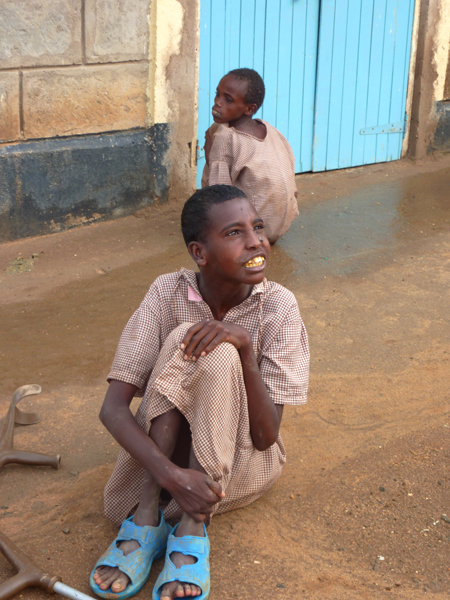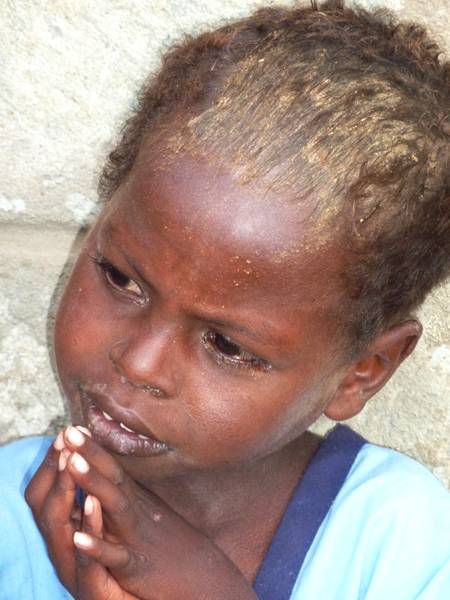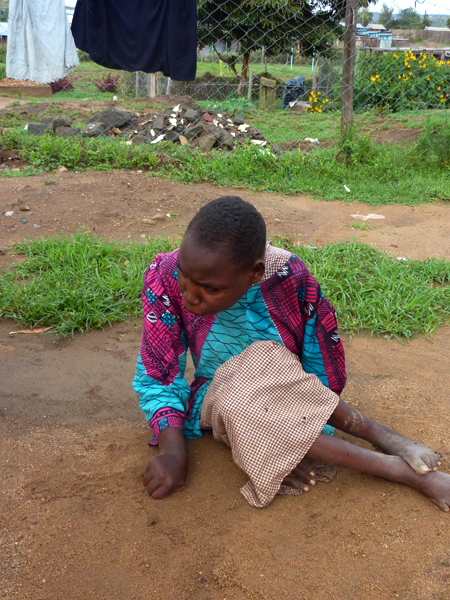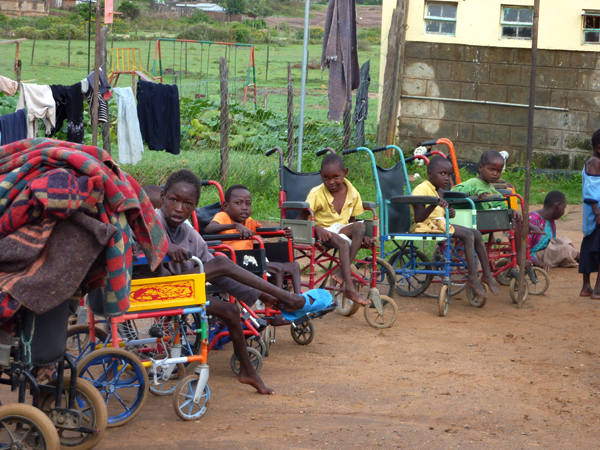Samburu Handicap Education & Rehabilitation Programme (SHERP)




A journey to Samburu is about 180 miles along eight hours of rough road from Nairobi. When it rains, the trip can take up to 20 hours. The Samburu tribe of Northern Kenya is an isolated tribe presently suffering a devastating drought. Handicapped children in the Samburu region are often considered bad omens to their family and are sometimes left behind when families move on looking for food. Unfortunately, some are even buried alive, poisoned with tobacco, or tied up and thrown in the wilderness to be eaten by wild animals.
Grace Seneiya, a teacher and child rights activist, started Samburu Handicap Education and Rehabilitation Programme (SHERP) in 1999, to provide a home for these disabled children. She provides the education, medical care and love that nobody else will give, and has rescued many abandoned children from the brink of death. There are 123 handicapped or HIV children-- 50 girls and 73 boys-- who need desperate help at this center. As you can imagine, many children are mentally as well as physically traumatized. Every day, food and water are a major concern. Grace Seneiya, the director, says, “We live on hope every day, hope that we have water and food and kids are not going to sleep hungry.”
Lee Oneness Foundation, in partnership with The Samburu Project Foundation, helps with water and food for SHERP children.
- 10% of the agriculture project to feed 123 children Budget $2,046
- 20% of the agriculture project to feed 123 children Budget $4,092
- 30% of the agriculture project to feed 123 children Budget $6,138
- 40% of the agriculture project to feed 123 children Budget $8,184
